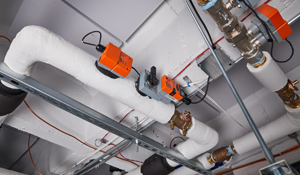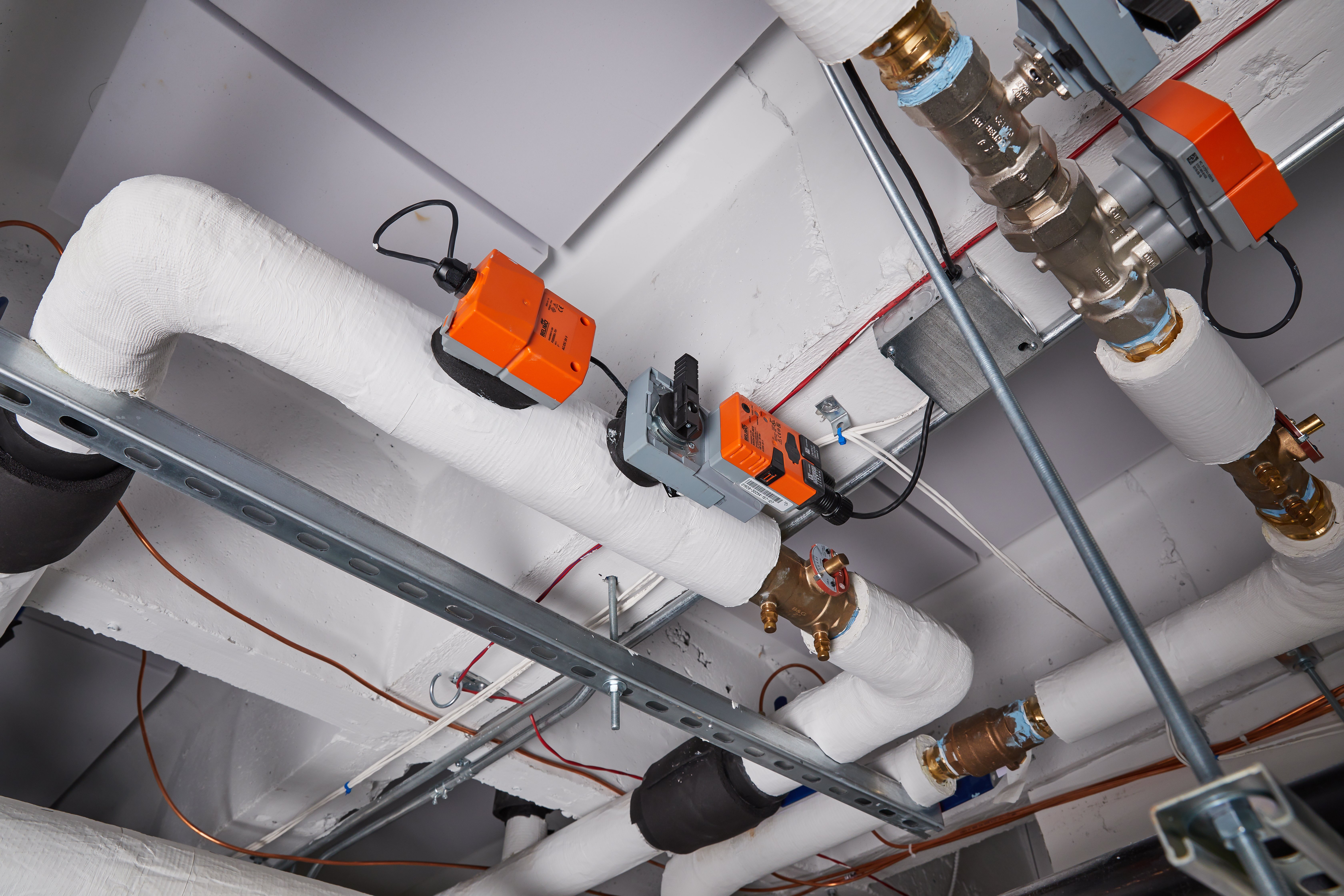Controlling Variables and Maintaining a Safe Environment
In the pandemic situation caused by Sars-Cov-2, the automation system plays a fundamental role in controlling indoor air quality in HVAC-R systems. Studies show that the increase in outdoor air renewal rates plays an essential role in preventing contamination in air conditioning systems. Another critical point is monitoring the saturation of the system's air filters, as a saturated filter will increase system energy consumption and put the site's occupants at risk. With an efficient automation system, the facility manager can provide temperature, relative humidity, and air renewal rates within standards to ensure a safe and pleasant environment.
Monitoring and controlling temperature, relative humidity, outdoor air renewal flow, filter saturation, and the chilled water temperature has a fundamental role in dehumidifying ambient air and uniting all this information, performing a safe control for users efficient in electricity consumption. This is only possible when a building automation system handles this data. Another critical point is monitoring the system through trend curves that can help the maintenance team in daily tasks to ensure a functional and safe system.
Systems that use chilled water to perform ambient humidity control need efficient flow control to avoid low temperature and low or high humidity, which can cause occupant discomfort. Both situations can cause respiratory problems or the proliferation of microorganisms in climate-controlled environments. Electronic pressure independent valves having an ultrasonic flow meter have precision in control and allow the flow reading in real-time, facilitating the energetic optimization of the cold or hot water system. In addition, the independent pressure valves compensate for pressure variations, performing a continuous balance function to maintain system performance at varying loads. Precise flow control eliminates over-pumping, allowing energy savings and elevating the controllability of the system. Finally, the pressure-independent valve avoids connecting additional chillers as we maintain DT of design.
The first point to consider when specifying control valves in hydronic systems is the technology the HVAC-R designer recommended for the project. Today some systems work with advanced control logic for the pumping system, and it may be necessary to measure the flow in real-time from the terminal equipment. The automation system often uses the information provided by electronic valves to calculate trends and organize predictive and preventive maintenance on equipment. Electronic valves play a vital role in the efficiency of HVAC-R systems.


